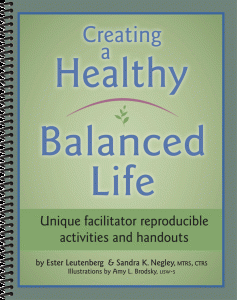Mindfulness Meditation
Almost everyone in the US is aware of the current opioid crisis we are enduring. Millions of addicted are added each year. Since 1999 the use of opioids has increased five-fold. Statistics from 2016 (the latest available) show that 42,000 people died of opioid-related issues in just that one year.
What can be done to alleviate this crisis? In a paper titled “Mindfulness Meditation-Based Pain Relief: A mechanistic account”, Fadel Zeidan and David Vago report that research supports the claim that the widespread use of opioids to alleviate chronic pain has led to the exponential rise in misuse and addiction. Their paper further states that mindfulness meditation could very well be a narcotic-free tool to reduce chronic pain. (Vago, Zeidan, 2016.)
Mindfulness, research has learned, is an excellent complementary treatment for a variety of health and wellness concerns and aligns with scientifically-backed theories in modern psychology. The importance of increasing resiliency in the face of the inevitable difficulties, both physical and mental, can’t be reinforced too often. Although mindfulness-informed practices don’t magically change life circumstances, they can help cope with rapid change, life transitions, and physical symptoms (i.e. pain) as well as enable us to more fully savor success. (Torney, 2018.)
 With the above information in mind we present the following from 30 Scripts for Relaxation, Imagery & Inner Healing, Ed. 2, Vol. 1& 2 by Julie T. Lusk.
With the above information in mind we present the following from 30 Scripts for Relaxation, Imagery & Inner Healing, Ed. 2, Vol. 1& 2 by Julie T. Lusk.
Relaxation and visualization can heal the body, mind, and spirit. Progressive muscular relaxation and conscious breathing help relieve tension and stress. Guided imagery encourages people to experience internal harmony, to heal emotional and physical upsets, to increase body awareness, to enhance relaxation, to get in touch with the healing source of energy for emotional and spiritual strength, to receive direction from their own inner guide, and to connect with the environment.
Here are some tips to help you use these mindfulness-meditation scripts effectively with your clients.
Working with guided meditations
Everyone is different, so each person will experience guided imagery uniquely. These individual differences should be encouraged. During a guided meditation, some people will imagine vivid scenes, colors, images, or sounds while others will focus on what they are feeling, or experience it as a concept. This is why a combination of sights, sounds, and feelings should be incorporated into the meditations. With practice, it is possible to expand your participants’ range of awareness.
By judicious selection of images you can help deepen their experience and cultivate their awareness in new areas that can enrich their lives. For instance, a person who is most comfortable in the visual area can be encouraged to stretch his or her awareness and increase his or her sensitivity to feelings and sounds. (See Flower Meditation below.)
Be careful, however, when presenting themes and techniques that are unfamiliar to you. Since people respond in a variety of ways to visualization, avoid generalizing about the benefits of any given script.
If your groups are composed of people who are emotionally ill or especially fragile, be sure you have the necessary special training or professional guidance before introducing them to visualizations.
Preparing the group or individual
Some type of physical relaxation sequence should be used prior to every guided meditation. Breathing properly is essential for complete and total relaxation. Unfortunately, very few people take full breaths, especially when under stress. When a person consciously uses deep breathing correctly, stress is reduced and the mind can remain calm and stable. It is important that people focus on their breathing, with full deep breaths through the nose. Before beginning any guided meditation, briefly describe the images you will use and ask if they make anyone feel uncomfortable. People who are afraid of water may find images of ocean waves to be frightening rather than calming. Be prepared with an alternate image. Let participants know that if they become uncomfortable, they may, at any time, open their eyes and tune out or change the visualization. As you read a script, people will follow you for a while and then drift off into their own imaginations. They will usually tune you back in later on. If they know this in advance, they won’t feel as if they are failing by being inattentive. So tell them this is normal and to let it happen.
Choosing the right atmosphere
Select a room that has comfortable chairs for sitting or a carpeted floor for lying down. Close the door and shut the windows to block out distracting noise. If possible, dim the lights to create a relaxing environment. Low lights enhance the ability to relax by blocking out visual distractions. If the room lights cannot be controlled to your satisfaction, bring along a lamp or night lights. Adjust the thermostat so that the room temperature is warm and comfortable. If the room is too cool, it will be hard to relax and remain focused. Suggest that people wear a sweater or jacket if they think they may get cold. If distractions occur—a noisy air conditioner, traffic, loud conversations—try raising your voice, using shorter phrases and fewer pauses, or incorporating the sounds into the guided meditation. For example, you might say, “Notice how the humming sounds of the air conditioner relax you more and more.” Or, “If your mind begins to drift, gently bring it back to the sound of my voice.”
Using your voice
Speak in a calm comforting, and steady manner. Let your voice flow. Your voice should be smooth and somewhat monotonous. But don’t whisper. Start with your voice at a volume that can be easily heard. As the guided meditation progresses and as the participants’ awareness increases, you may begin speaking more softly. As a person relaxes, hearing acuity can increase. Bring your voice up when suggesting tension and bring it down when suggesting relaxation. Near the end of the guided meditation, return to using an easily heard volume. This will help participants come back to normal wakefulness. You may tell participants to use a hand signal if they cannot hear you. Advise people with hearing problems to sit close to you. Another option is to move closer to them.
Pacing yourself
Read the guided meditations slowly, but not so slowly that you lose people. Begin at a conversational pace and slow down as the relaxation progresses. It’s easy to go too fast, so take your time. Don’t rush. Many script authors use ellipses…to indicate a brief pause. Spaces between paragraphs would suggest a longer pause.
Leader’s notes and script divisions should not be read out loud. Give participants time to follow your instructions. If you suggest that they wiggle their toes, watch them do so, then wait for them to stop wiggling their toes before going on. When participants are relaxed and engaged in the imagery process, they have tapped into their subconscious (slow, rich, imagery) mind—and they shouldn’t be hurried. When you’re leading the meditation, stay in your conscious (alert and efficient) mind. Pay careful attention to all participants. You may have to repeat an instruction if you see that people are not following you. To help you with your volume and tone, pace and timing, listen to a recording of yourself leading guided meditations.
As you reach the end of a meditation, always help participants make the transition back to the present. Tell them to visualize their surroundings, to stretch, and to breathe deeply. Repeat these instructions until everyone is alert.
Using music
Using music to enhance relaxation is not a new idea. History is full of examples of medicine men and women, philosophers, priests, scientists, and musicians who used music to heal. In fact, music seems to be an avenue of communication for some people where no other avenues appear to exist.
Your music should be cued up and ready to go at the right volume before you start your meditation. Nothing ruins the atmosphere more quickly than having the leader fool around trying to get the audio going. Jim Borling, a board certified music therapist, makes the following suggestions on the selection of music:
Tips on Music Selection
- Custom select music for individual clients or classes whenever possible. Not everyone responds in a similar fashion to the same music.
- Matching a person’s present emotional state with music is known as the ISO principle. If you can match the initial state and then gradually begin changing the music, the person’s emotional state will change along with the music. If a person is agitated or angry, begin with fast-paced music, and then change to slower-paced selections as relaxation deepens.
- Choose music that has flowing melodies rather than disjointed and fragmented melodies.
- Don’t assume that the type of music you find relaxing will be relaxing to others. Have a variety of musical styles available and ask your clients for suggestions.
- Try using sounds from nature like ocean waves. Experiment with New Age music and Space music, much of which is appropriate for relaxation work. Classical music may be effective, especially movements that are marked largo or adagio.
- Adjust the volume so that it doesn’t drown out your voice. On the other hand, music that is too soft may cause your listeners to strain to hear it.
- Select music based upon the mood desired. Sedative music is soothing and produces a contemplative mood. Stimulative music increases bodily energy and stimulates the emotions.
- Select music with a slow tempo and low pitch. The higher the pitch or frequency of sound, the more likely it will be irritating.
Processing the experience
You may wish to add to the richness of the guided meditations by asking participants afterwards to share their experiences with others. This can be facilitated by creating an atmosphere of trust. Ask the group open-ended questions that relate to the theme of the exercise. Be accepting and empathetic towards everyone. Respect everyone’s comments and never be judgmental or critical, even if people express negative reactions.
Caution
Do not force people to participate in anything that may be uncomfortable for them. Give ample permission to everyone to only do things that feel safe. Tell them that if an image seems threatening, they can change it to something that feels right or they can stop the imaging process, stretch, and open their eyes. Emphasize to participants that they are in total control and are able to leave their image-filled subconscious mind and return to their alert rational conscious mind at any time they choose. Likewise, clients may want to explore what feels uncomfortable to them in the safety of the experience. Advise participants that it is not safe to practice meditation or visualization while driving or operating machinery.
Integrating the mind, body, emotions, and spirit opens up vast inner resources of intuition, wisdom, and personal power. The mind and body are one, and what you believe and feel is reflected in your body. Sometimes your thoughts may lead to illness, aches, and pains; and other times, they lead to exhilarating feelings of joy, pleasure, and peacefulness. Likewise, the condition of your body and the way it is feeling affect your thoughts. This is why it is impossible to worry when you feel relaxed.
So many of us live as if fragmented—thinking of one thing, saying something else, acting one way publicly, while feelings, moods, and emotions provide a constantly changing and inconsistent undertow. Guided meditations will help you focus on using the mind body connection to heal the body and emotions and to bring thoughts, words, actions, and feelings into harmony and alignment.
A definition of mindfulness
Mindfulness is the moment-to-moment attention to the present without judgment or reactivity. Mindful breathing and other mindfulness practices help you to achieve moment to moment awareness in a non-judgmental, detached way, thereby increasing the amount of time per day spent in rest and digest mode. Conscious attention to breathing is common in many forms of meditation and is used by top athletes to enhance performance. The following exercise will help your clients breathe mindfully. Download the following Mindfulness Breathing exercise here.
Exercise:
- Sit in a comfortable position either on a chair with your feet on the ground, or on the floor with your legs comfortably crossed. Sit tall with your spine extended so that your breath can enter your entire torso. Relax your shoulders down and move your shoulder blades towards each other.
- Place one hand on your abdomen and the other above your chest near your collarbone.
- Inhale deeply from the bottom of your abdomen. Feel the expansion pressing against your lower hand.
- Continue to fill your torso until you feel the hand on your upper chest expand. Hold the breath for one second.
- Release the breath from the chest to the abdomen. Picture a cup of water emptying from the top to the bottom as you exhale. Note how it feels to be empty of breath just for a second before your next inhale, then repeat this long, slow even breath nine more times. Return to the breath count as your mind wanders, which it naturally will.
- Return to natural breathing. Take a moment to stretch, and write about your experience in your centering journal. Don’t worry if mindful breathing feels awkward or uncomfortable. It will feel more natural the more you practice. Remember, these are muscle responses. You can’t throw a football like Tom Brady or play the trumpet like Wynton Marsalis right off the bat, either. Practice, practice, practice.
Now your client is relaxed and breathing properly, try reading one of the following scripts, using the tips above to make it as effective an experience as possible.
Flower Meditation (Download Flower Meditation exercise here)
Julie T. Lusk
Excerpted from 30 Scripts for Relaxation, Imagery & Inner Healing, Ed. 2, Vol. 1
By Julie T. Lusk.
Time: 20 minutes
In this visualization script, participants increase their ability to imagine seeing, touching, smelling, and feeling.
Note: Obtain fresh flowers for participants before using this script.
Feel free to modify this script. For instance, flowers could be substituted with pine cones, sea shells, etc.
Script
Visualization
Place the flowers at eye level in front of you … Gently gaze at them without straining your eyes … Look softly at the shapes of the flowers, stems, and leaves … Become aware of their shapes and sizes. See their colors.
After you have spent a few minutes looking carefully at the flowers, close your eyes and visualize the flowers in your imagination. When the visualization becomes difficult, open up your eyes and look at the flowers once again. Close your eyes once more and recreate a vision of the flowers. Repetition will increase your ability to visualize images in the mind’s eye.
Touching and Feeling
Reach out and touch the flowers, stems, and leaves. Take your time to discover how the flowers feel … Explore the softness of the flowers and the feel of the stems and leaves. Discover their moistness, noticing the variety of textures.
Investigate the physical sensations of touching the bouquet of flowers. Run your fingers through the bouquet and listen to the sound of touching them … Allow the sense of touch to sink in through your fingertips and into your memory.
Stop touching the flowers and close your eyes. Experience the sense of touch through your memory … When the memory of touch begins to fade, reach out and touch the flowers with your fingers. And then imagine touching the flowers once again.
Smell
Bury your nose and take a full, deep breath. Let the flowers tickle your nose. Smell the fragrance and the freshness of the flowers. Enjoy.
Remember how the flowers smell and recreate the aroma in your imagination. Keep practicing until you are able to imagine the scent of the flowers from memory.
Thoughts and Feelings
Sit quietly and reflect upon the magnificence of the flowers. Open yourself up for new insights and realizations.
Integration
Relax, close your eyes, and imagine looking at a glorious bouquet of flowers … You may imagine any kind of flower you wish…roses … daisies … mums … baby’s breath … marigolds … bird of paradise … any type of flowers you wish.
See the radiant colors … the rich reds … luscious yellows … deep purples … pure whites … soft pinks … gorgeous oranges … all the shades of green.
Become aware of the textures … patterns … and shapes of the petals … Look at the leaves … and the stems … Observe the flowers in their various degrees of unfolding.
This time, imagine reaching out and touching the flowers … .Feel the softness … their moistness … the texture of the petals … leaves … and stems … Imagine rubbing the flowers with your fingers … Touch the flowers … Feel them.
Experience touching the flowers … Run your fingers through the flowers and listen to what you hear.
Now imagine the scents and fragrances of the flowers … Breathe in their perfume … Smell the aroma … Fill up your lungs with the fresh smell of the flowers.
Take some time to reflect on the diversity and beauty of the flowers that grow for our enjoyment … Think about the life cycle of the flower … Enjoy.
Pause
When you’re ready, open your eyes and stretch.
Repeat the above instruction until everyone is alert.
Sun Meditation for Healing (Download Sun Meditation for Healing exercise here)
By Judy Fulop and Julie T. Lusk
Excerpted from 30 Scripts for Relaxation, Imagery & Inner Healing, Ed. 2, Vol. 1
By Julie T. Lusk.
Time: 10 minutes
In this script, participants experience the healing power and energy of the sun as they imagine it warming and relaxing them.
Script
Allow yourself to become as relaxed and comfortable as you can … Let your body feel supported by the ground underneath you.
Slowly begin to see or feel yourself lying in a grassy meadow with the sun shining it’s golden rays gently upon you … Let yourself soak in these warm rays … taking in the healing power and life giving energy of the sunshine.
This magnificent ball of light has been a sustaining source of energy for millions of years and will be an energy source for millions of years to come … This ancient sun is the same sun which shined down upon the dinosaurs … upon the Egyptians while they built the pyramids … and it now shines upon the earth and all the other planets in our solar system and will continue to do so forever.
As the sun’s rays gently touch your skin, allow the warmth and energy to flow slowly through your body … pulsing through your bones … sending healing light to your organs … flowing to your tissues … recharging every system … and now settling into your innermost being … your heart center.
Sense your heart center glowing with this radiant energy. If you wish, give it a color … Take a few moments to allow this warm and healing energy to reach your innermost being … physically… emotionally … mentally … and spiritually.
Pause for 30 seconds
As this healing energy grows and expands, allow yourself to see, feel, and sense this energy surrounding your being … growing and growing … Allow this energy to grow further and fill this room … this building … surrounding this town … spreading throughout our state … to our country … and out into the world … and finally throughout the universe … reaching and touching and blessing all.
Pause for 30 seconds
You may share this healing energy and power with anyone you’re aware of right now … Mentally ask them if they are willing to receive this healing energy … If they are … send this source of healing energy to them … giving them the time they need to take in this energy and make it theirs in their own heart center.
Pause for 30 seconds
Now take your attention back to your own heart center … Find a safe place within you to keep this healing and powerful energy … a place to keep it protected and within your reach … Give yourself permission to get in touch with this energy whenever you wish.
With the warmth of this energy in your being, begin stretching, wiggling, and moving … Slowly open your eyes, feeling alive, refreshed, keenly alert, and completely healthy.
Repeat the above instructions until everyone is alert.
Like this:
Like Loading...
 Couples become separate entities when they break up and must chart their individual ways. Loss of a relationship can mean the end of dreams, routines, stability, emotional and financial security, companionship, and family as it existed before the breakup. The resulting trauma is one that impacts on the partners, of course. To varying degrees, children, extended family, friends and colleagues suffer from and grieve the loss as well.
Couples become separate entities when they break up and must chart their individual ways. Loss of a relationship can mean the end of dreams, routines, stability, emotional and financial security, companionship, and family as it existed before the breakup. The resulting trauma is one that impacts on the partners, of course. To varying degrees, children, extended family, friends and colleagues suffer from and grieve the loss as well.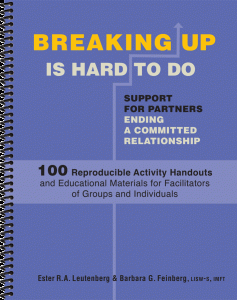 Ending a committed relationship is very difficult, full of twists and turns and unexpected potholes. As you help your participant on their personal journey the following worksheets (from the workbook, Breaking Up Is Hard To Do) will help them clarify their position. The worksheet versions of To Stay or Go, Being Left, The Quality of Current Relationship, and Goals are available to download here.
Ending a committed relationship is very difficult, full of twists and turns and unexpected potholes. As you help your participant on their personal journey the following worksheets (from the workbook, Breaking Up Is Hard To Do) will help them clarify their position. The worksheet versions of To Stay or Go, Being Left, The Quality of Current Relationship, and Goals are available to download here.
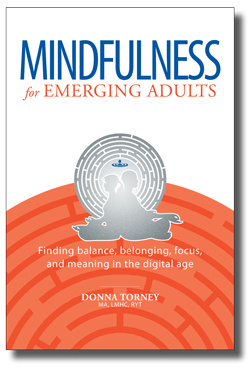 Mindfulness has been a hot trend this year. We hear all kinds of inspiring stories about how folks have used this ancient tool to become a better employee, student, partner, and person. Since the scientific community has become interested in mindfulness and other age-old contemplative arts, studies have proven the value of the ability to be fully present in what you do.
Mindfulness has been a hot trend this year. We hear all kinds of inspiring stories about how folks have used this ancient tool to become a better employee, student, partner, and person. Since the scientific community has become interested in mindfulness and other age-old contemplative arts, studies have proven the value of the ability to be fully present in what you do.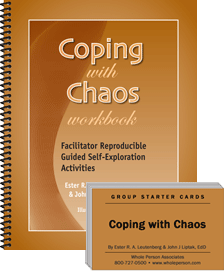
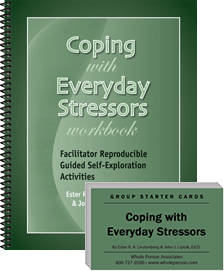 Stress Management article and exercises excerpted from
Stress Management article and exercises excerpted from 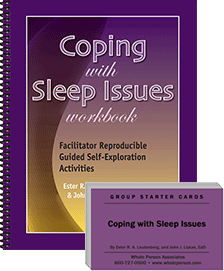 The following material is excerpted from the
The following material is excerpted from the 
 Reaching adulthood does require a degree of buckling down and getting serious. Let’s face it – there are things we have to do whether we want to or not. But so many of us have lost the sheer capacity for fun, joy, and laughter that even when we have the opportunity, we miss it.
Reaching adulthood does require a degree of buckling down and getting serious. Let’s face it – there are things we have to do whether we want to or not. But so many of us have lost the sheer capacity for fun, joy, and laughter that even when we have the opportunity, we miss it.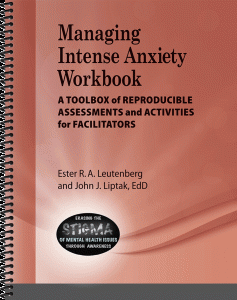
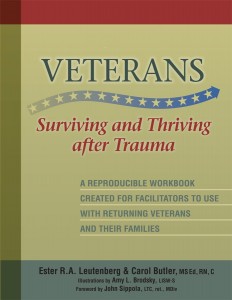 Declared by Congress in 1999, May was selected National Military Appreciation Month as a month-long observance honoring the sacrifices of the United States Armed Forces. There are more military related observances during the month of May than any other month, so it is an appropriate time to celebrate the men and women in uniform. During May, we recognize Loyalty Day, VE Day (the end of World War II in Europe on May 8, 1945), Armed Forces Day, Military Spouses Day and Memorial Day.
Declared by Congress in 1999, May was selected National Military Appreciation Month as a month-long observance honoring the sacrifices of the United States Armed Forces. There are more military related observances during the month of May than any other month, so it is an appropriate time to celebrate the men and women in uniform. During May, we recognize Loyalty Day, VE Day (the end of World War II in Europe on May 8, 1945), Armed Forces Day, Military Spouses Day and Memorial Day.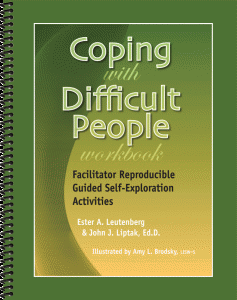

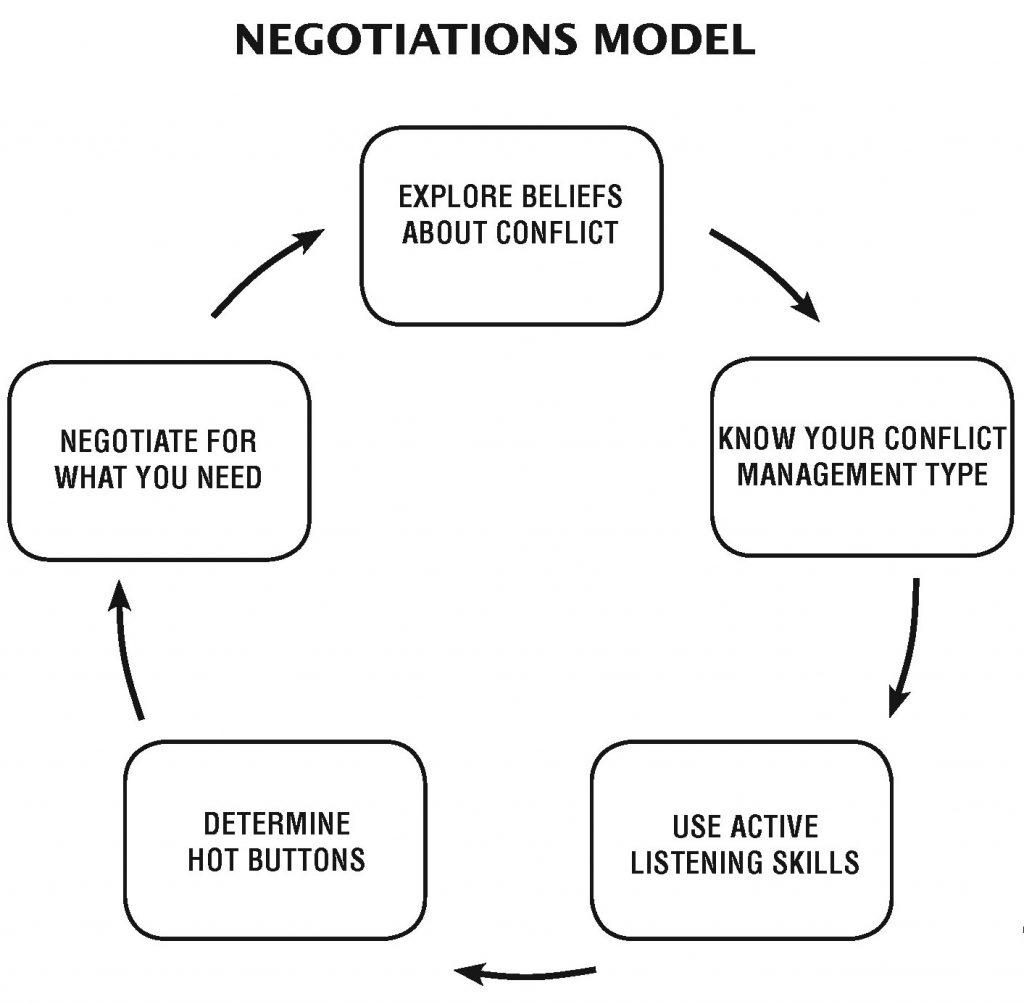
 In that spirit we hope the following article, along with the available
In that spirit we hope the following article, along with the available 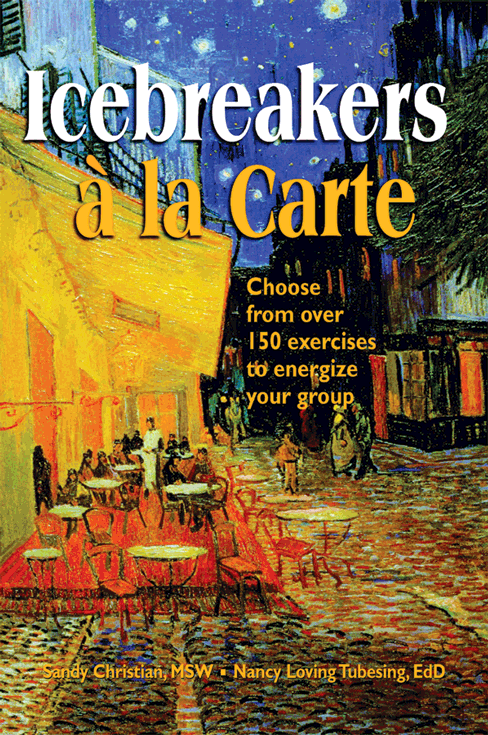

 While we wait for the courts to catch up with reality here are two exercises, from the book
While we wait for the courts to catch up with reality here are two exercises, from the book 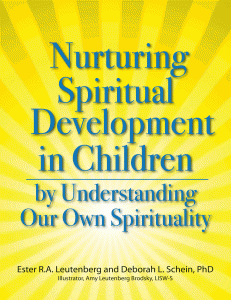
 I was co-writing a book about spirituality and on the way to a restaurant with friends, I asked the husband if he was religious, spiritual, spiritual and religious, or none of them. He gave me a confused look, and said, “What is spirituality?” I told him that it is different for everyone. I said, “For me, when I look at the mountains beyond my backyard, I have a sense of wonderment, of being a small part of the universe. It swells my heart.” His response was, “I have no idea what you are talking about.” We enjoyed our dinner, saying no more about it.
I was co-writing a book about spirituality and on the way to a restaurant with friends, I asked the husband if he was religious, spiritual, spiritual and religious, or none of them. He gave me a confused look, and said, “What is spirituality?” I told him that it is different for everyone. I said, “For me, when I look at the mountains beyond my backyard, I have a sense of wonderment, of being a small part of the universe. It swells my heart.” His response was, “I have no idea what you are talking about.” We enjoyed our dinner, saying no more about it.  Most researchers define mindfulness to include these two main components:
Most researchers define mindfulness to include these two main components: